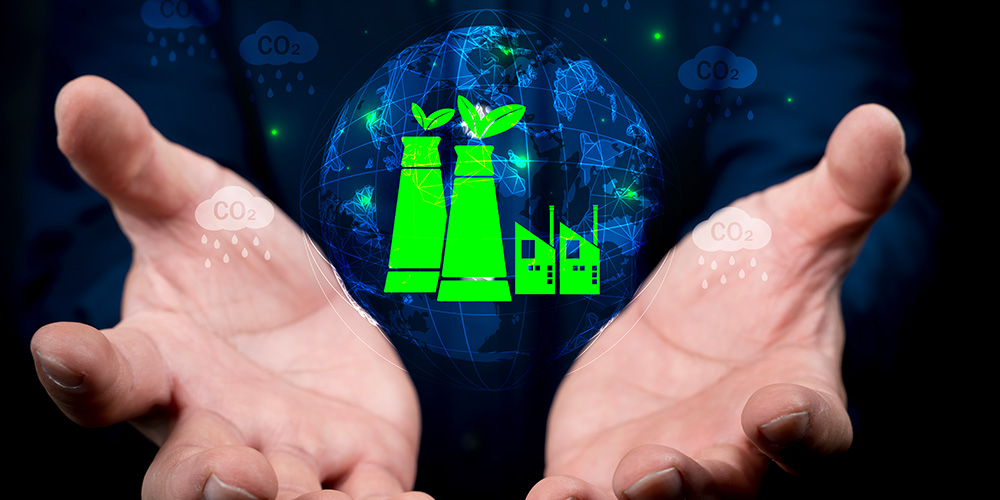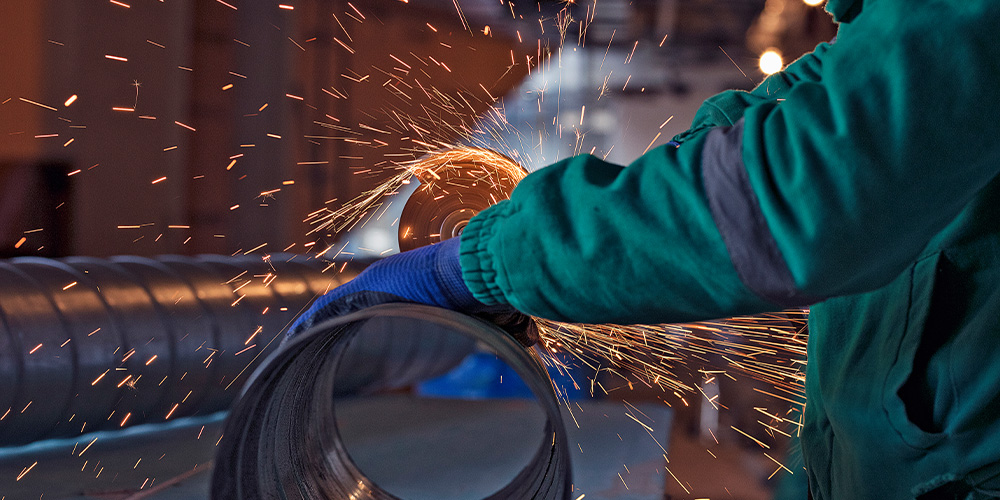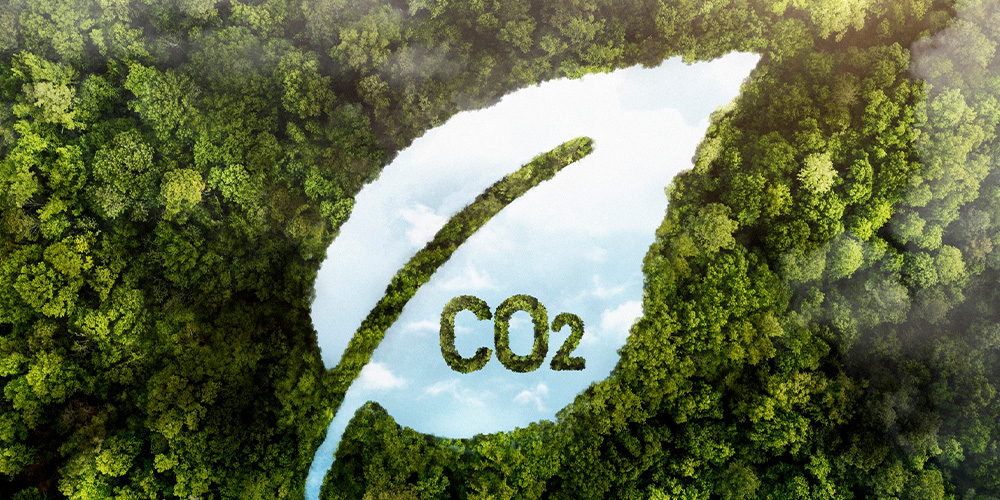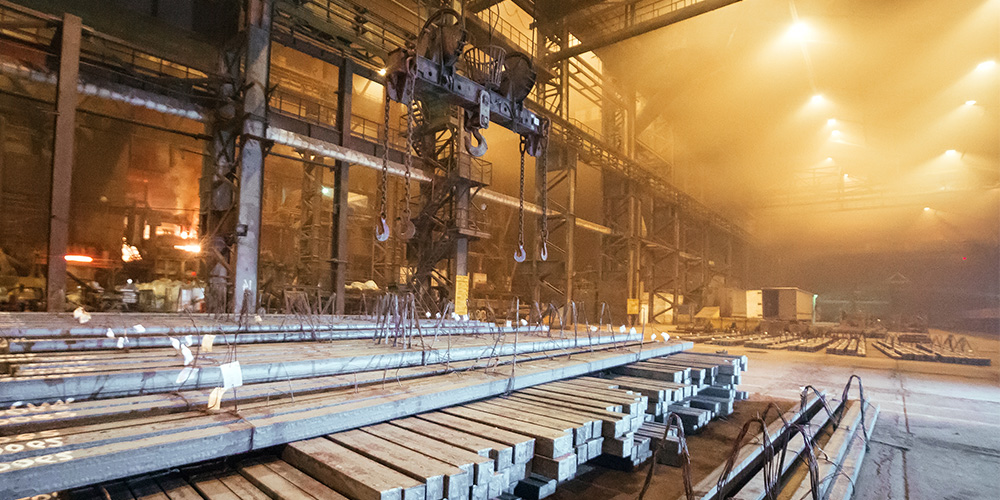Navigating CBAM and the Green Steel Taxonomy: The Urgent Case for Carbon Capture Solutions in India’s Steel Industry
The global steel sector is undergoing an unprecedented transformation as sustainability becomes central to production, trade, and competitiveness. In this evolving landscape, two policy developments stand out: the European Union’s Carbon Border Adjustment Mechanism (CBAM) and India’s pioneering Green Steel Taxonomy. While these measures tackle the pressing challenge of decarbonizing a traditionally carbon-intensive industry, they also signal new market dynamics and cost structures that require immediate, strategic responses from steelmakers.
For Indian steel, the message is clear: adapt quickly to these emerging standards or risk marginalization in critical global markets. Shifting exports from the EU to other regions may offer temporary respite, but this approach fails to address the root issue of emissions. Real, lasting competitiveness will come only from adopting robust decarbonization measures—chief among them, carbon capture. And at the forefront of delivering these solutions affordably and at scale are innovators like GAS LAB, in partnership with Carbonetics Carbon Capture.
CBAM: A New Climate-Driven Trade Reality

Scheduled for full implementation by January 1, 2026, CBAM marks a turning point in global commerce. By attaching a carbon cost to imported steel and other emissions-intensive products, the EU aims to level the playing field with its domestic producers who bear stringent climate costs. Given that the EU historically accounts for a significant share of India’s hot-rolled steel exports, this shift poses an immediate challenge. Without rapid decarbonization, Indian producers risk losing market share or facing steep carbon tariffs that erode margin
While it’s tempting to pivot towards Africa, Latin America, or the Middle East—regions where recent data shows higher FoB prices for certain hot-rolled products—this strategy only delays the inevitable. As climate awareness expands, more countries are expected to implement their own variants of carbon border adjustments, narrowing the window for exploiting less-regulated markets. Long-term success rests on sustainably reducing emissions intensity, ensuring that Indian steel can stand up to any carbon-related policy the world throws its way.
The Green Steel Taxonomy: A Domestic Mandate for Sustainability

The Indian government’s Green Steel Taxonomy complements international pressures by establishing clear benchmarks for defining and rating “green steel.” Producers must now target rigorous emission thresholds if they wish to remain compliant and competitive. It’s no longer a question of whether to decarbonize, but how quickly and cost-effectively it can be done.
Together, CBAM and the Green Steel Taxonomy set a dual challenge:
- International Access: Achieve low-carbon production to maintain profitable access to high-volume, regulated markets like the EU.
- Domestic Compliance: Align with India’s own sustainability goals and secure a leadership position in the emerging global green steel narrative.
Why Carbon Capture Is the Fastest Path Forward

Reducing emissions in steelmaking often involves long-term transitions—switching to green hydrogen-based ironmaking, deploying large-scale renewable energy, or overhauling production lines. While essential, these measures are capital-intensive and time-consuming. Carbon capture, by contrast, offers a more immediate, flexible, and retrofittable route to substantial emission reductions.
By integrating carbon capture solutions into existing facilities, steel producers can lower their carbon footprint without waiting for complete technological overhauls. This rapid response capability is critical as deadlines for CBAM compliance approach and the international trade environment grows more complex.
The GAS LAB Advantage: Low-Cost, AI-Optimized Carbon Capture Solutions Innovation and cost-effectiveness are paramount. That’s where GAS LAB steps in. As an Indian solution provider deeply attuned to the challenges of local steelmakers, GAS LAB is dedicated to delivering carbon capture systems that balance technological sophistication with economic practicality. Our partnership with Carbonetics Carbon Capture-an AI-driven technology innovator—empowers us to offer a solution that’s not only effective but also financially compelling.
Key features of our approach:
- AI-Driven Efficiency Gains:
Carbon capture involves complex chemistry, heat integration, solvent management, and rotating equipment. Small changes in process parameters can yield significant gains in efficiency. Leveraging Carbonetics’ fully connected neural network models, we analyze massive datasets to identify optimal operating conditions, minimize energy consumption, and reduce both CAPEX and OPEX. This ensures that every tonne of CO2 captured is done at the lowest possible cost, making large-scale adoption financially viable. - Retrofittability for Immediate Action:
Time is of the essence. Our solutions are designed to integrate seamlessly with existing steelmaking processes. Steel plants can implement our carbon capture systems with minimal downtime and without major structural changes. This retrofittability is crucial, enabling rapid decarbonization as policy clocks tick down—rather than waiting years for greenfield projects or disruptive process changes. - Scalability and Flexibility:
Different steelmakers have diverse constraints—varying plant sizes, product lines, and energy mixes. GAS LAB’s flexible design approach and AI-based customizations allow us to tailor solutions to each facility’s unique needs, ensuring that carbon capture can scale as the market evolves and regulatory demands intensify. - Strengthening India’s Innovation Ecosystem:
By championing homegrown solutions, we ensure that India’s steel sector doesn’t have to rely on imported technologies, keeping costs stable and technical support readily available. This nurtures a local ecosystem of innovation, jobs, and expertise—further enhancing India’s position as a global leader in sustainable industrial practices.
Seizing the Green Steel Opportunity

The world is moving toward climate-conscious commerce, and steel is at the heart of this shift. With CBAM altering trade economics and India’s Green Steel Taxonomy raising the bar at home, the ability to produce genuinely low-carbon steel isn’t just compliance—it’s a competitive differentiator.
- Market Access:
Maintaining and growing presence in lucrative markets like the EU requires demonstrable decarbonization. Carbon capture ensures that Indian steel doesn’t lose ground when CBAM fully kicks in. - Brand and Value Creation:
“Made in India” green steel can become a hallmark of quality and sustainability. Emission reductions backed by credible technologies elevate the brand and help tap into premium markets that value eco-friendly materials. - Future-Proofing Against Policy Shifts:
As more regions consider carbon regulations, being prepared with robust emission controls now will save steelmakers from scrambling later. Early movers who adopt carbon capture gain a lasting edge.
Urgency and Action: The Time is Now
Considering the speed at which climate policies are tightening and the looming start date of CBAM, steelmakers cannot afford complacency. Delaying action to seek out alternate markets or waiting for a “perfect” decarbonization technology exposes them to regulatory penalties, lost market share, and damaged reputations.
By embracing carbon capture solutions now, steel producers buy valuable time, secure market positions, and build resilience against a future where carbon footprints matter more than ever. With GAS LAB’s AI-optimized, low-cost offerings, the path to immediate and meaningful emissions reduction is clear and accessible.
In Conclusion: Adaptation Through Innovation
The global steel landscape is changing rapidly, with CBAM and India’s Green Steel Taxonomy heralding a new era defined by environmental credentials and competitive pressures. While the challenges are complex, the solutions are within reach. By leveraging GAS LAB’s cutting-edge, AI-optimized carbon capture systems, the Indian steel industry can rapidly lower its emissions, retain its foothold in established markets, confidently enter new ones, and fulfill both domestic and international sustainability commitments.
The time for strategic action is now. Carbon capture isn’t just a technological add-on; it’s the cornerstone of a future-ready, globally competitive Indian steel industry—one that can thrive in a world reshaped by climate policy and consumer demand. GAS LAB stands ready to help steelmakers seize this opportunity and drive forward into a greener, more financially sustainable future.